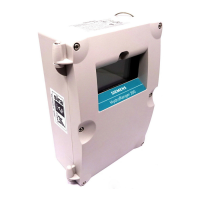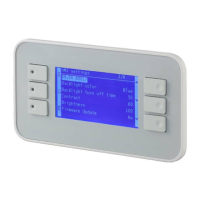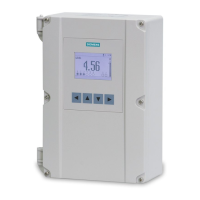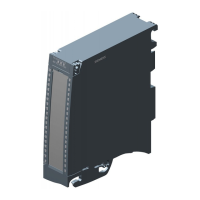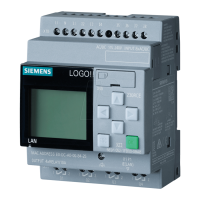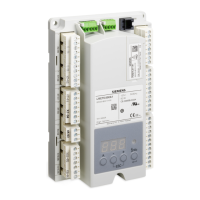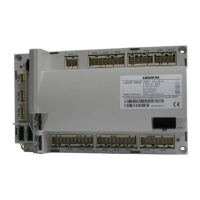hwc_glossary.fm
A31003-W1040-U101-1-7619, July 2006 DRAFT
HiPath Wireless Controller, Access Points and Convergence Software V4.0, C10/C100/C1000 User Guide
285
Glossary
Networking terms and abbreviations
TKIP Temporal Key Integrity Protocol (TKIP) is an enhancement to the WEP
encryption technique that uses a set of algorithms that rotates the
session keys. TKIPs’ enhanced encryption includes a per-packet key
mixing function, a message integrity check (MIC), an extended
initialization vector (IV) with sequencing rules, and a re-keying
mechanism. The encryption keys are changed (rekeyed) automatically
and authenticated between devices after the rekey interval (either a
specified period of time, or after a specified number of packets has
been transmitted).
TLS Transport Layer Security. (See EAP, Extensible Authentication
Protocol)
ToS / DSCP ToS (Type of Service) / DSCP (Diffserv Codepoint). The ToS/DSCP
box contained in the IP header of a frame is used by applications to
indicate the priority and Quality of Service (QoS) for each frame. The
level of service is determined by a set of service parameters which
provide a three way trade-off between low-delay, high-reliability, and
high-throughput. The use of service parameters may increase the cost
of service.
TSN Transition Security Network. A subset of Robust Security Network
(RSN), which provides an enhanced security solution for legacy
hardware. The Wi-Fi Alliance has adopted a solution called Wireless
Protected Access (WPA), based on TSN. RSN and TSN both specify
IEEE 802.1x authentication with Extensible Authentication Protocol
(EAP).
Tunnelling Tunnelling (or encapsulation) is a technology that enables one network
to send its data via another network's connections. Tunnelling works
by encapsulating packets of a network protocol within packets carried
by the second network. The receiving device then decapsulates the
packets and forwards them in their original format.
UDP User Datagram Protocol. A connectionless protocol that, like TCP,
runs on top of IP networks. Unlike TCP/IP, UDP/IP provides very few
error recovery services, offering instead a direct way to send and
receive packets over an IP network. It is used primarily for
broadcasting messages over a network.
Term Explanation
Table 19

